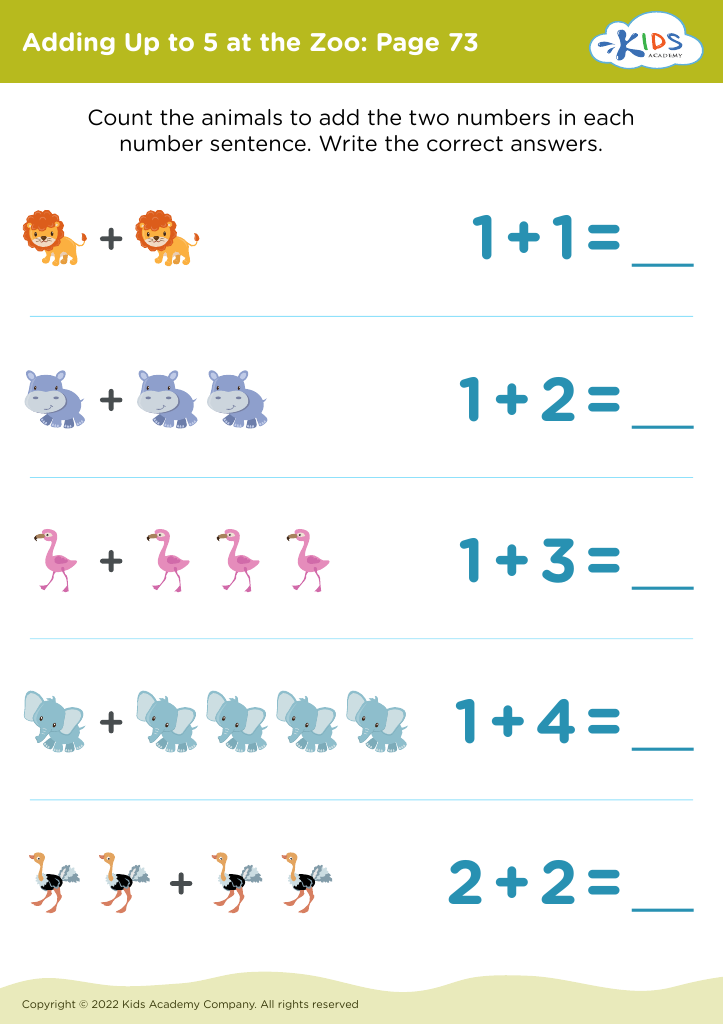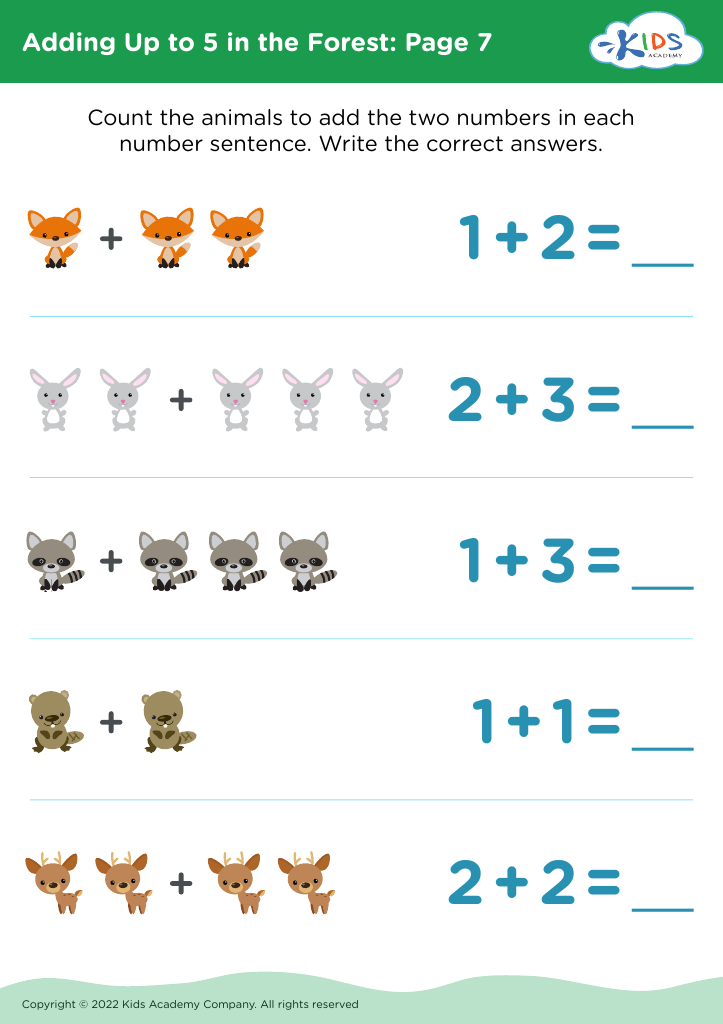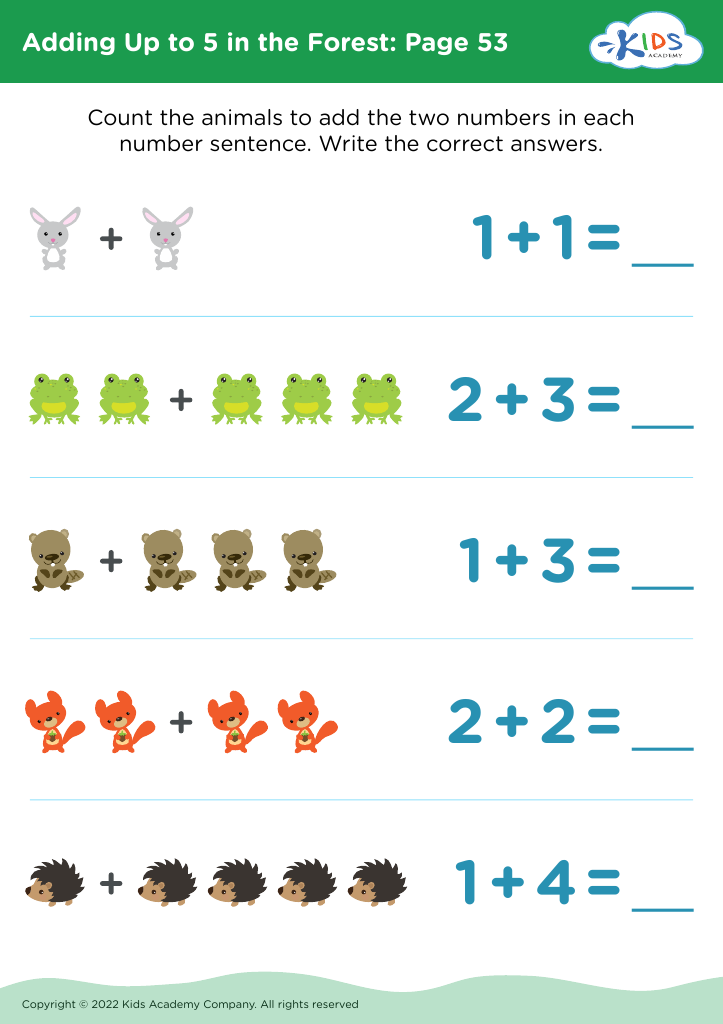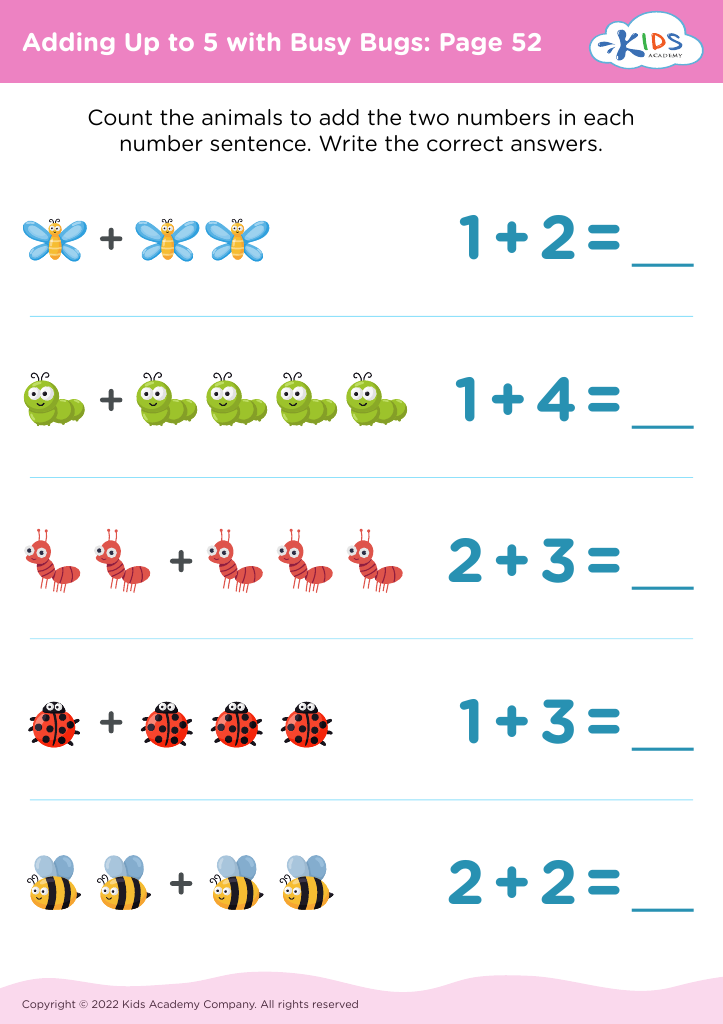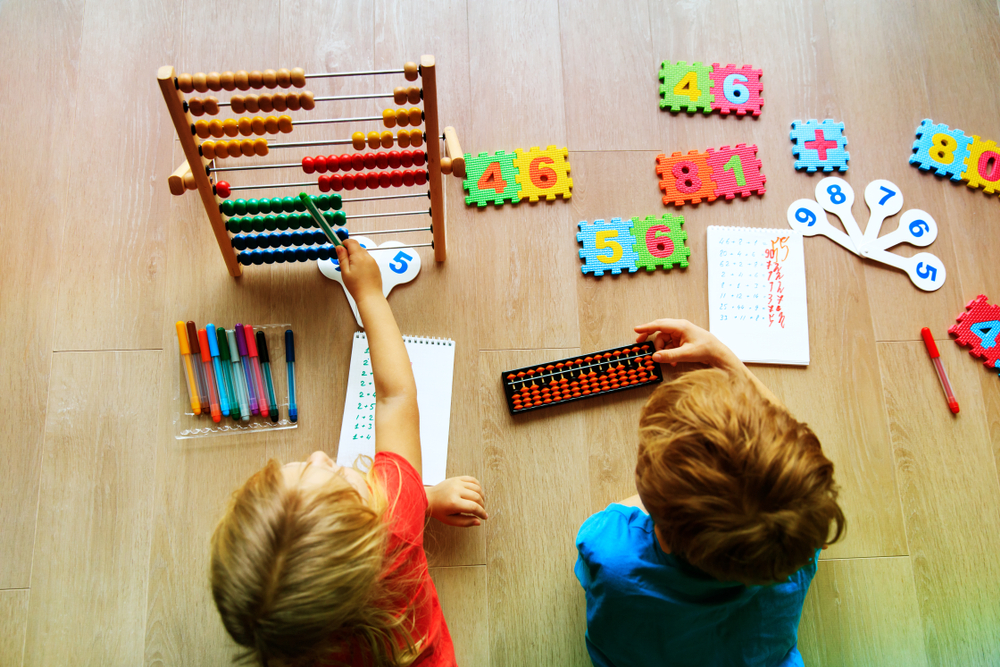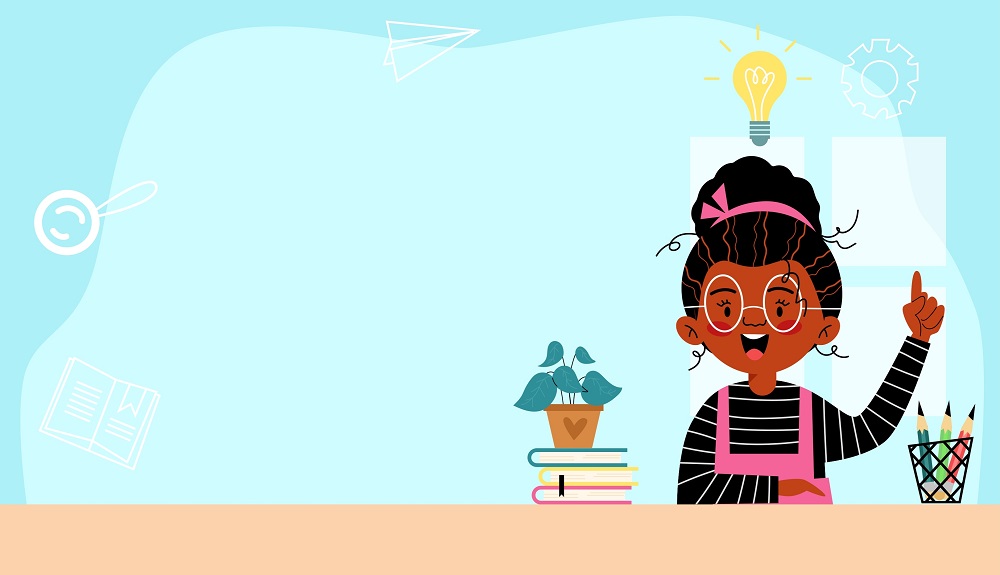Visual comprehension Worksheets for Ages 4-9
11 filtered results
-
From - To
Discover an engaging collection of Visual Comprehension Worksheets designed for children aged 4-9. Our expertly crafted activities enhance critical learning skills by combining fun visuals with stimulating exercises. Tailored to boost comprehension and cognitive abilities, these worksheets cover various themes and challenge young learners to interpret images, recognize patterns, and solve puzzles. Perfect for at-home learning or classroom use, the interactive resources foster creativity and confidence in young minds. Nurture your child’s development with our vibrant, easy-to-use worksheets and watch them excel in understanding and interpreting visual information. Start their journey with us today!
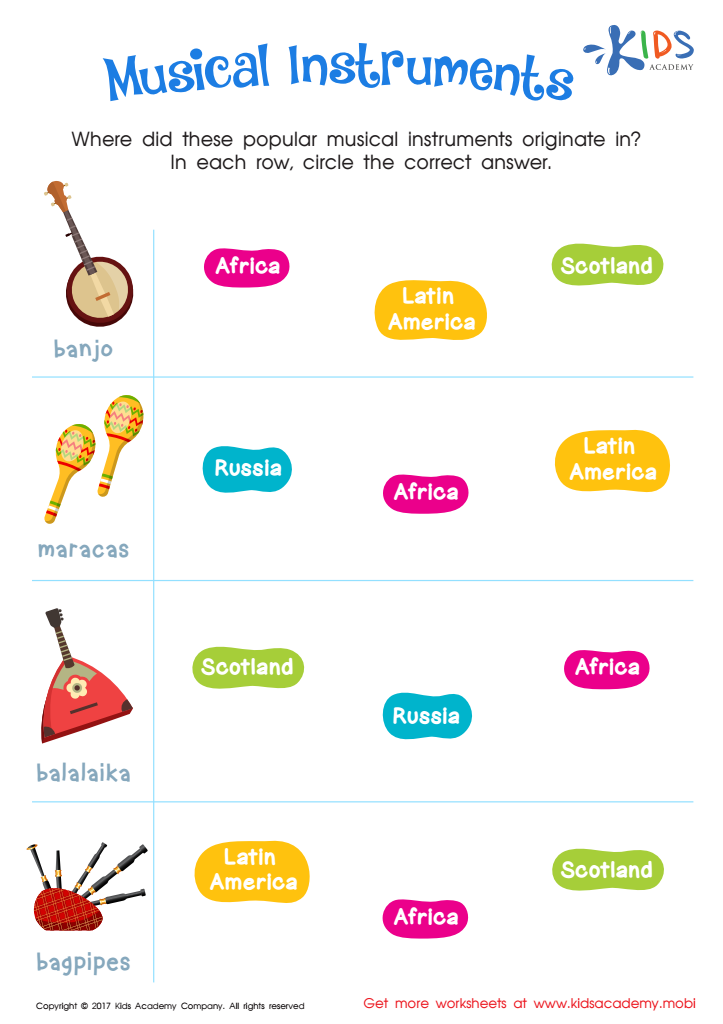

Musical Instruments Printable
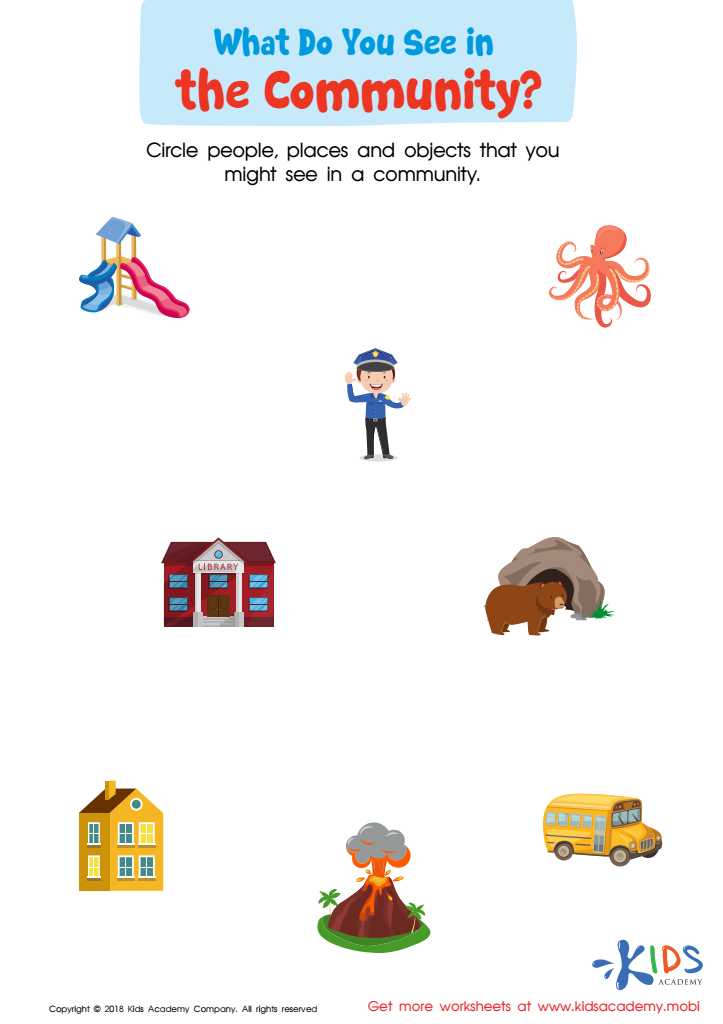

What Do You See in the Community Worksheet
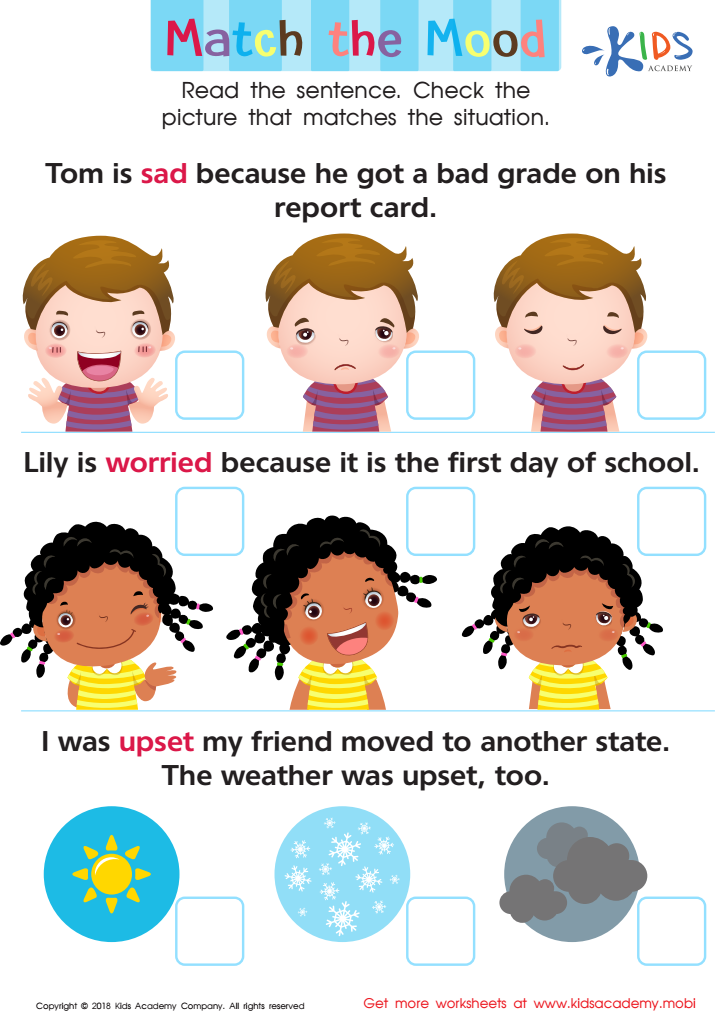

Match The Mood Worksheet
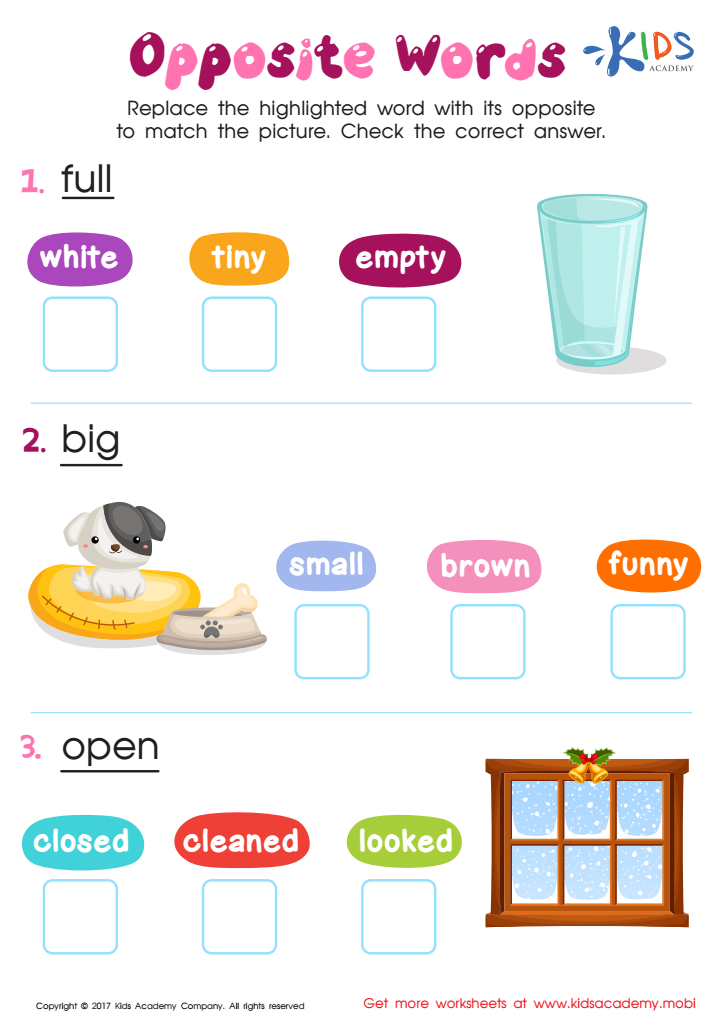

Opposite Words Worksheet
Visual comprehension, the ability to interpret and understand visual information, is vital for children aged 4-9 due to several significant reasons. At this developmental stage, young minds are highly receptive to absorbing new information, and much of their learning is visual. Colors, shapes, symbols, and pictures often communicate complex ideas more effectively than words alone for children within this age range.
When parents and teachers focus on enhancing visual comprehension, they help lay a strong foundation for literacy and cognitive skills. Visual learning aids in the recognition of letters, numbers, and eventually words, since much of early reading involves visual decoding. It also encourages critical thinking and problem-solving as children learn to interpret and respond to visual stimuli such as illustrations in storybooks or patterns in mathematics.
Additionally, good visual comprehension supports other forms of learning by making it easier for children to follow instructions, complete activities, and engage with their environment confidently. It also nurtures creativity and imagination, key components of intellectual and emotional development. Recognizing the importance of visual comprehension, therefore, helps provide children with well-rounded educational experiences, fostering a love for learning that can last a lifetime.
 Assign to My Students
Assign to My Students

